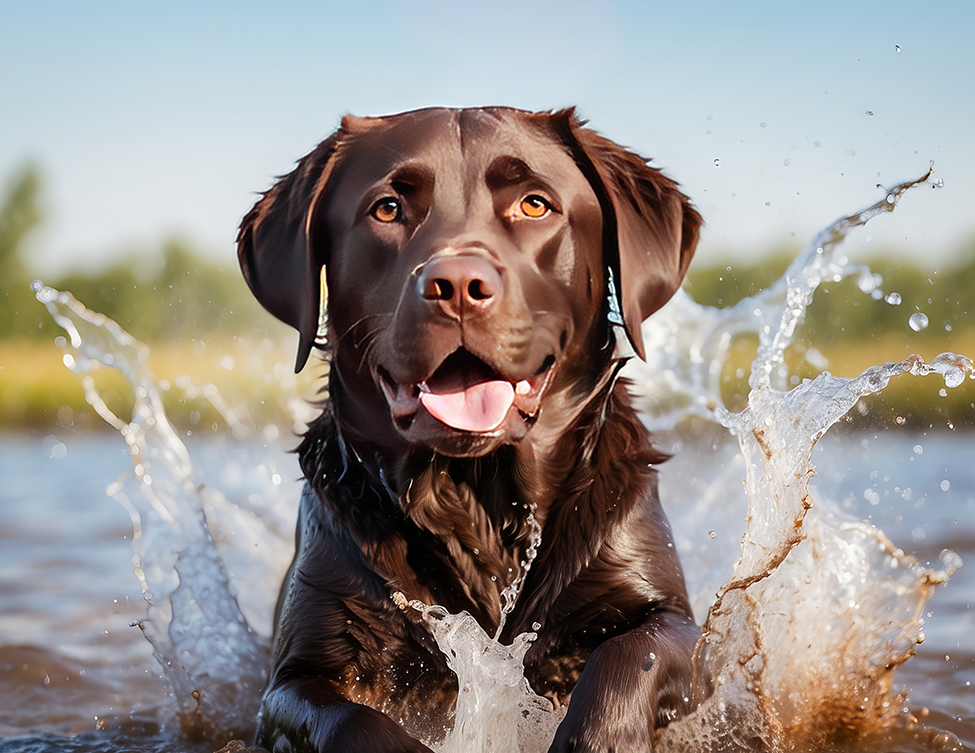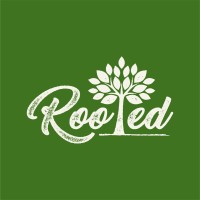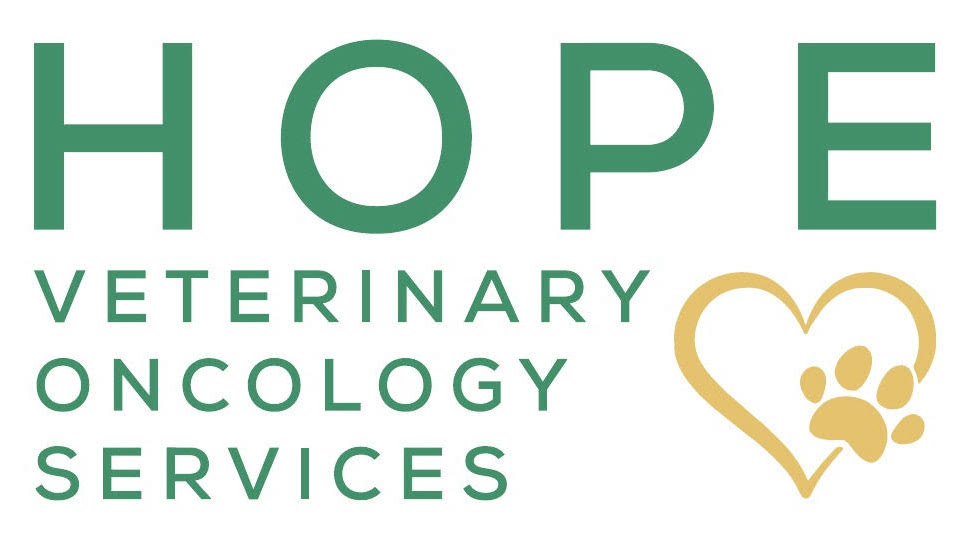HOPE VETERINARY ONCOLOGY SERVICES IS PROUD TO BE AN INDEPENDENT PRACTICE.
After Care
Please see below for more information.
Cremation
Cremation involves the incineration of a body in a specially designed-furnace. This reduces the remains to ashes and tiny bone fragments (called “cremains”). There are two cremation options: individual or communal. By choosing individual cremation, your pet will be cremated individually, and his/her cremains will be returned to you in a decorative tin. You also have the option of purchasing an urn from the crematorium or online.
Communal cremation means your pet will be cremated alongside other pets, so obtaining the cremains is impossible.
At HVOS, we can make arrangements for either option, or you can take your pet to a crematorium by appointment.

Burial
If you do not like the idea of having your pet’s body cremated or if you would prefer a grave site you can visit, then pet burial is another option for you.
If you wish to bury your pet at home, please make sure local laws allow it. Unfortunately, in some areas, the provincial government does not permit pet burial on personal property.
Before burial, remove the body from non-biodegradable materials (like plastic). The body can be placed in a wooden or cardboard casket or cotton shroud. The grave should be at least 3 feet deep and in a location that will not likely erode or be dug up again by humans, pets, or wild animals. The gravesite can be marked with a particular headstone or memorial rock or plant a unique tree or bush in that spot.

Aquamation
Aquamation – also referred to as bio cremation or water cremation – is more like natural decomposition than any other method of disposition. The Aquamation process uses gentle water flow, temperature, and alkalinity to accelerate our ecosystem’s natural method of breaking down and decomposing organic matter. A process that would naturally take months or years is reduced to just 20 hours. During that time, a combination of 95% warm water and 5% alkali gently rushes over the body.
At the end of the Aquamation process, your companion’s physical components have been returned to their natural elements, dispersed in water – with only the solid bone remaining, pathogen and disease-free. Viruses – and even chemicals such as cytotoxic drugs (e.g., chemotherapy drugs) – are broken down into essential nutrient elements, rendering them non-toxic. The mineral bone ash is returned in an urn to those who request take-home remains. The water byproduct, known as effluent, is not only benign but also beneficial. Returned to the environment, effluent is shown to improve municipal water systems. The effluent may also be used as a natural, chemical-free fertilizer. This service is offered at Resting Waters in Seattle, and the above information is from their website. This service is also offered at Capital Aquamation in Olympia.

Recomposition
Recomposition is a process used at Rooted to transform a whole deceased animal or animal cremated remains into nutrient-rich soil utilizing composting technology and soil blending. The soil can be returned to you as a memorial token or it can be donated. Rooted donates excess soil to various urban forestry projects and tree-planting causes. Additionally, donated soil has been used to restore prairie grassland at the Rooted Ranch.
This service is offered at Rooted in Olympia, and the above information was adapted from their website.
